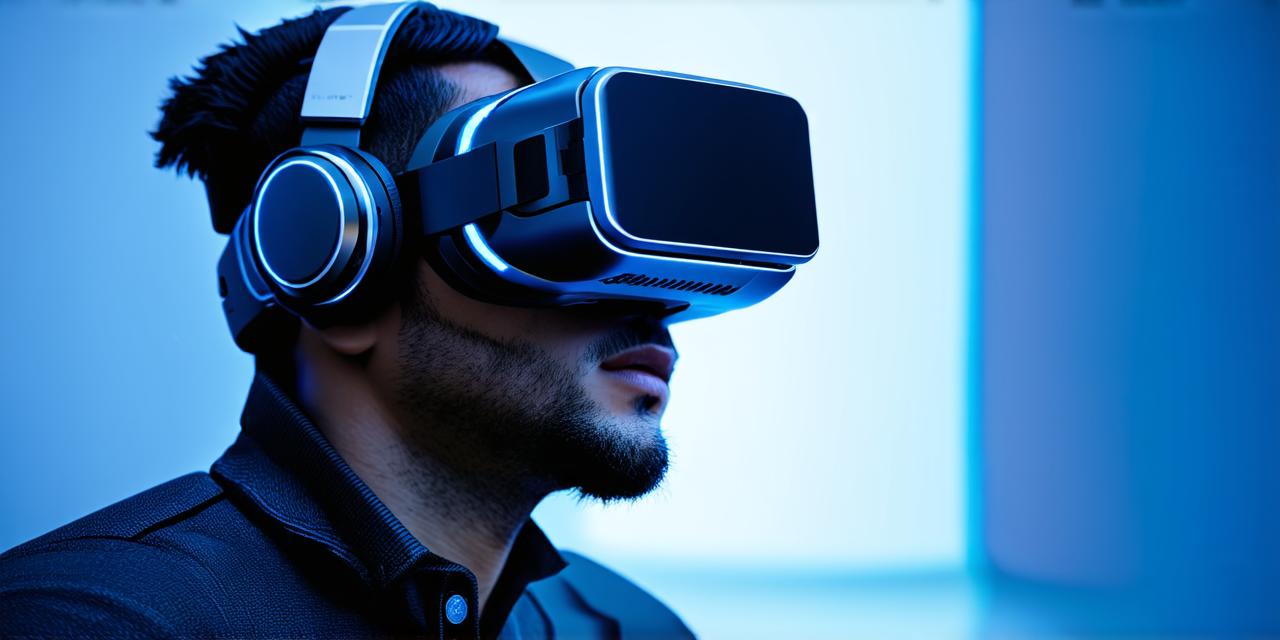Virtual reality (VR) has been a topic of interest for decades, with its roots dating back to the early days of computer technology. In this article, we will explore the origins of virtual reality and how it has evolved over time.
Early Beginnings
The concept of immersing oneself in a simulated environment dates back to the 1960s when researchers began developing head-mounted displays (HMDs) that could track a user’s movements. One of the earliest examples was the Sword of Damocles, developed by Ivan Sutherland in 1968. The device consisted of a large screen mounted on a pole above the user’s head, which created the illusion of being in a virtual world.
Another early pioneer in VR was Jaron Lanier, who coined the term “virtual reality” in 1983. Lanier envisioned a future where people could escape from the limitations of their physical bodies and explore new worlds through technology.
Evolution of Virtual Reality

Over the years, virtual reality has evolved significantly, with advancements in computer hardware and software making it possible to create more immersive and interactive environments. In the 1990s, VR began to gain traction in industries such as gaming and entertainment, with companies like Nintendo and Sega releasing VR systems for home use.
However, it wasn’t until the 21st century that virtual reality really took off. The development of smartphones and other mobile devices made it possible to create more portable and accessible VR experiences. In addition, advancements in motion tracking technology allowed for more accurate and realistic movement tracking, further enhancing the immersion of virtual environments.
Today, virtual reality is used in a variety of industries, from gaming and entertainment to education and healthcare. With ongoing advancements in technology, it’s likely that virtual reality will continue to evolve and become even more integrated into our daily lives.
Summary
Virtual reality has come a long way since its early beginnings, with advancements in technology making it possible to create increasingly immersive and interactive environments. Whether you’re gaming, learning, or exploring new worlds, virtual reality offers a unique and exciting way to experience the world around us.



